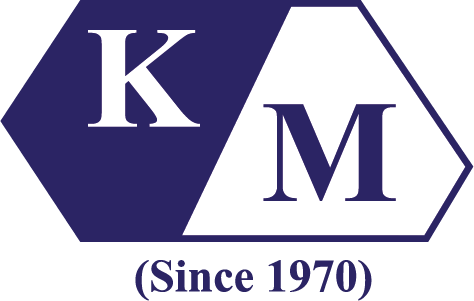Our ProductsSERICITE
Sericite is derived from decomposed granite and has a natural oily layer that gives it a smooth, silky texture. It acts as a lubricant in the rubber and plastic industries during the extrusion process. In cosmetics, its reflective and refractive properties, along with its smoothness, make it an important ingredient.
Chemical Structure & Composition
Sericite is a fine-grained, mica-like mineral, mainly composed of muscovite or illite. Chemically, it is a potassium aluminum silicate:
- General formula: KAl₂(AlSi₃O₁₀)(OH)₂
- It belongs to the phyllosilicate group, like mica, with a layered or platy structure.
What differentiates sericite from standard mica is its ultra-fine particle size, silky texture, and higher purity.
Key Properties
- Ultra-fine particle size – often sub-10 microns (D50)
- Silky, smooth texture – low friction
- Lamellar (platy) morphology – high aspect ratio
- Chemically inert – excellent stability in acidic and basic environment
- Thermal stability – up to 800–900°C
- High whiteness and brightness
- Non-toxic, non-hazardous
- Soft, non-abrasive
- UV and weather resistant
- Excellent dispersibility
Industrial Applications
| Industry | Application |
|---|---|
| Cosmetics & Personal Care | Acts as a base filler in foundations, pressed powders, and BB creams for its silky texture, adhesion, and oil absorption. Improves spreadability and offers a soft-focus effect. |
| Plastics & Polymers | Used in engineering plastics for reinforcing strength, stiffness, and dimensional stability. Also helps with anti-blocking and surface smoothness. |
| Paints & Coatings | Improves weather resistance, anti-corrosion, and surface finish. Enhances durability and gloss. |
| Rubber | Acts as an inert filler to improve dimensional consistency and anti-blocking properties. |
| Ceramics | Used as a raw material in certain whiteware and high-purity applications. |
| Paper & Printing | Offers high smoothness, opacity, and ink retention in specialty papers. |
Functional Benefits
- Soft touch – Ideal for skin-contact applications
- Excellent adhesion – in coatings and cosmetics
- Improves barrier properties – against water, gas, and UV
- Enhances processing flow – in plastic and rubber production
- Boosts durability – in paints, coatings, and composites
- Reduces gloss or adds matte effect – depending on grade and particle size

